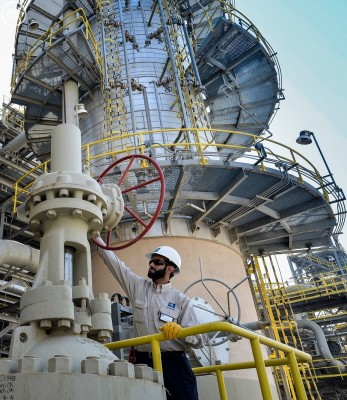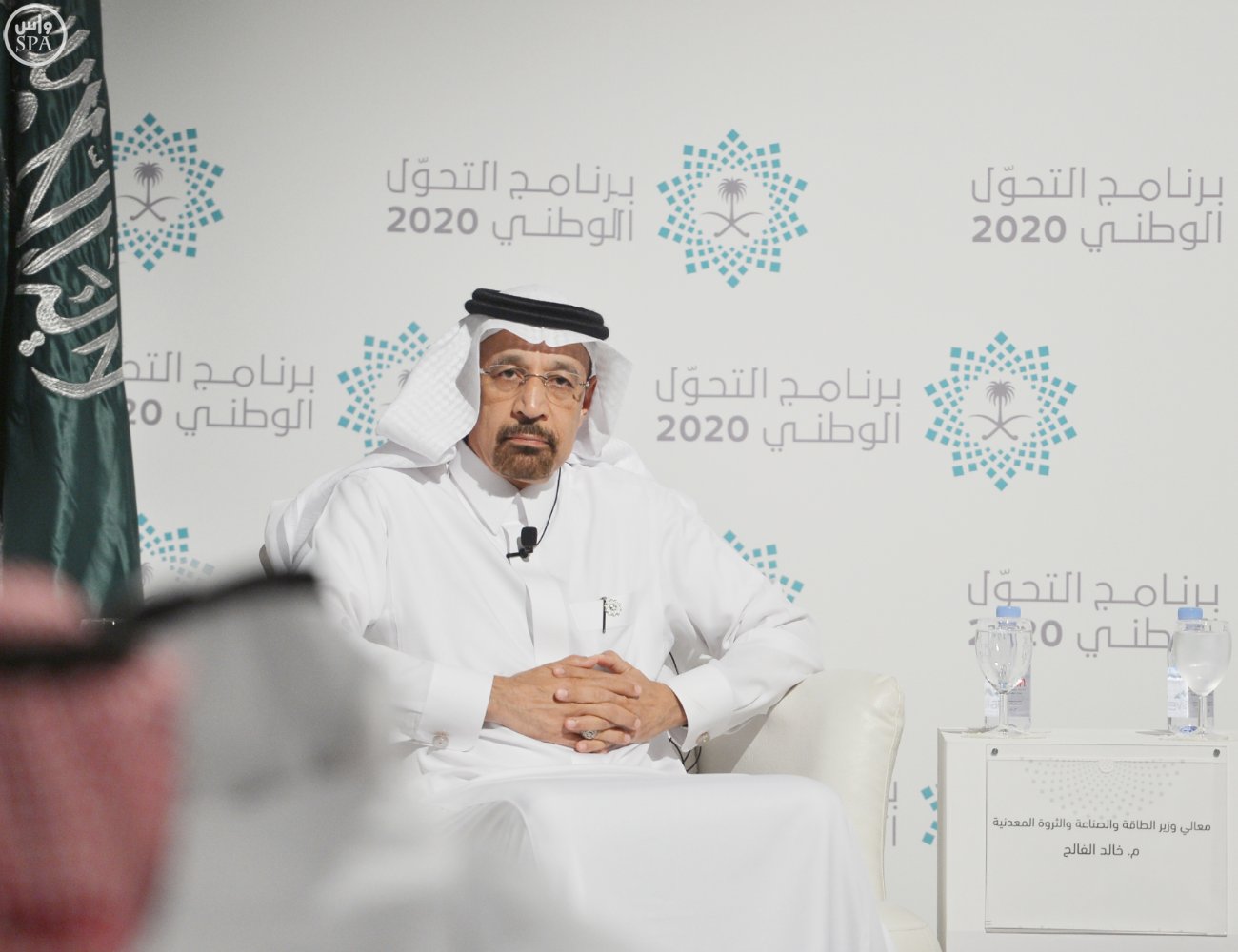Saudi Arabia is seeking to scale back previous plans to develop large-scale renewable energy resources and is instead opting to rely more heavily on natural gas to meet demand, according to Bloomberg’s Anthony DiPaola and other reports.
“We know that Saudi Arabia has been looking for natural gas supplies for a number of years now,” DiPaola said on Bloomberg Markets Middle East. “They’ve got enough to meet their current demands but they really need more gas to expand power supply and to expand industry.”
DiPaola noted that Saudi Arabia plans to increase its supply of natural gas from 50% to 70% of the Kingdom’s energy mix. While there are projects underway to bring on more gas supply, there is skepticism that a 20% increase is possible by 2020.

Saudi Arabia’s new minister of energy, industry, and natural resources says that the Kingdom will focus more on natural gas.
Saudi Arabia gets roughly 3,000 hours of direct sunlight each year, making the nation an ideal candidate for solar power. The Kingdom once had ambitious plans to embrace solar not only as a consumer of solar power, but as a producer of the technology and materials.
In a July 2015 article in the Atlantic Magazine, Jeffrey Ball highlighted the government’s significant efforts to go solar. “The government is preparing to build a commercial-scale solar-panel factory. On the Persian Gulf coast, another factory is about to begin producing large quantities of polysilicon, a material used to make solar cells. And next year, the two state-owned companies that control the energy sector—Saudi Aramco, the world’s biggest oil company, and the Saudi Electricity Company, the kingdom’s main power producer—plan to jointly break ground on about 10 solar projects around the country.”
“[T]he Saudis’ grand plan has been slow to materialize. The reasons include bureaucratic infighting; technical hurdles, notably dust storms and sandstorms that can quickly slash the amount of electricity a solar panel produces; and, most important, the petroleum subsidies that shield Saudi consumers from any real pressure to use less oil,” Ball wrote last year.
But fiscal pressures – both on solar technology production itself, and on Saudi Arabia’s government with oil prices still significantly below break-even prices, have forced the government to scale back expensive renewable development in favor of less expensive gas production. Last year, Saudi Arabia delayed by eight years its original target to complete a clean-energy program that included a planned spend of $109 billion in solar power. Saudi Arabia was once aiming to be the second largest solar state in the world, behind Germany.
By increasing gas supply to fuel Saudi Arabia’s economy, the Kingdom would not need to develop pricey sustainable alternatives in the near term. According to Saudi Arabia’s new energy minister, Khalid Al-Falih, 2040 renewable goals have been reduced from 50% to 10% of the country’s electricity supply. Although solar power will remain the primary renewable energy option for Saudi Arabia the previous goal of generating 41 gigawatts of renewable energy power by 2040 has been revised as it was “built on high oil prices,” he said.
“The kingdom is a fossil-fuel supertanker, and though the captain knows that dangerous seas lie ahead, changing course is proving exceedingly hard.”









